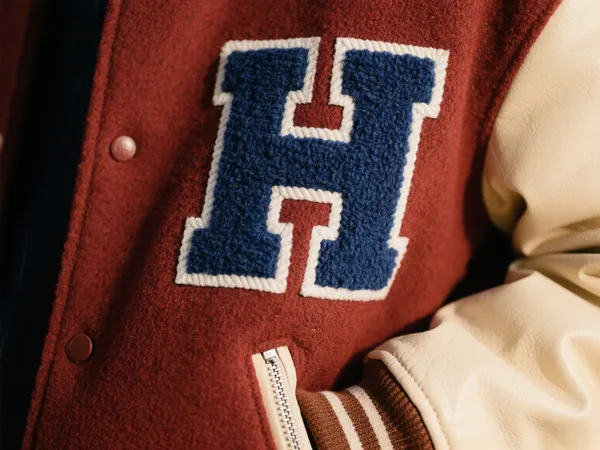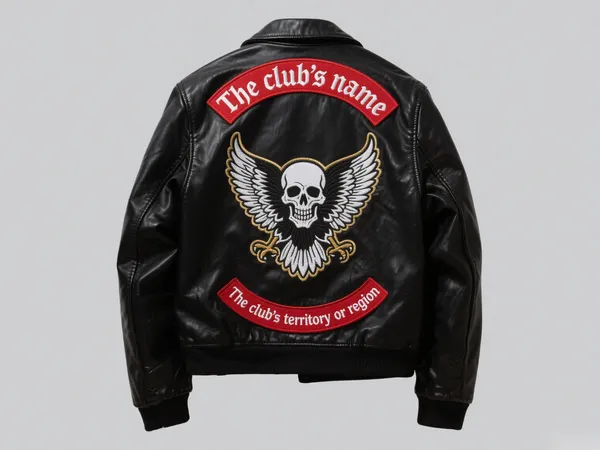Patches have been a staple of fashion, identification, and self-expression for decades. From military insignias and scout badges to fashion embellishments and corporate branding, there are countless ways to use patches—but do you know how many types of patches are out there?
Whether you’re designing a new product line or just curious about the options, this guide will walk you through the most popular types of patches, including their materials, application methods, and ideal use cases.
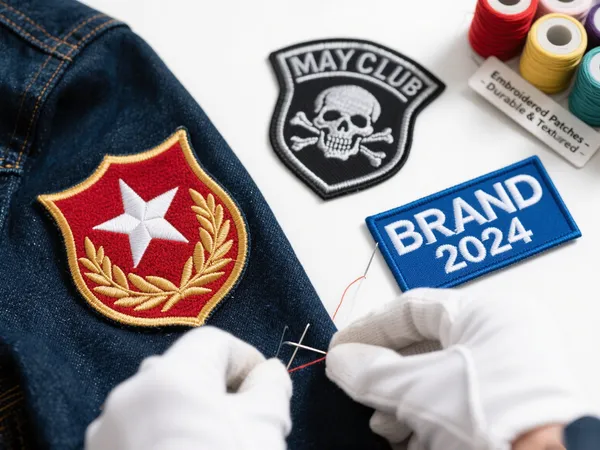
1. Embroidered Patches
One of the most classic and widely recognized types of patches, embroidered patches are created by stitching threads into a fabric base.
Features:
- Rich texture and bold, dimensional look
- Durable and long-lasting
- Can be heat-sealed, sewn, or Velcro-backed
Best for:
- Uniforms (military, fire, police)
- Club logos (e.g., biker groups)
- Corporate branding and promotional items
2. Woven Patches
While similar in appearance to embroidered patches, woven patches use thinner threads for tighter weaves, allowing for more detail and smoother surfaces.
Features:
- Great for small text and intricate designs
- Lighter and flatter than embroidery
- Can be sewn or ironed on
Best for:
- High-detail logos
- Fashion labels
- Apparel where less bulk is preferred
3. PVC (Rubber) Patches
PVC patches are made from soft, flexible plastic. They are waterproof, highly durable, and perfect for outdoor gear.
Features:
- 3D effect and vibrant color options
- Resistant to weather, wear, and fading
- Often come with Velcro backing
Best for:
- Tactical gear and uniforms
- Sports and outdoor products
- Techwear and streetwear accessories
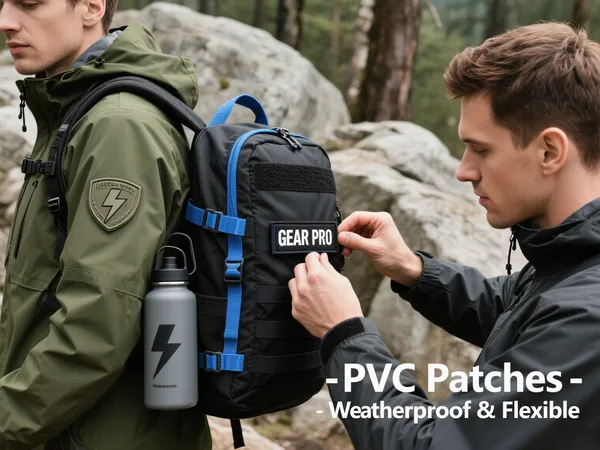
4. Chenille Patches
Known for their fuzzy, vintage look, chenille patches are made using looped yarns and are often seen on varsity jackets.
Features:
- Soft, plush texture
- Bold, classic appearance
- Typically sewn onto garments
Best for:
- Letterman jackets
- School and college apparel
- Retro-style fashion brands

5. Printed (Sublimated) Patches
These patches use dye-sublimation or screen printing to transfer digital images onto fabric, making them ideal for full-color or photo-realistic designs.
Features:
- Smooth surface with high-definition detail
- Fast turnaround for bulk orders
- Lightweight and thin
Best for:
- Promotional items
- Event badges and giveaways
- Designs with gradients or complex color patterns
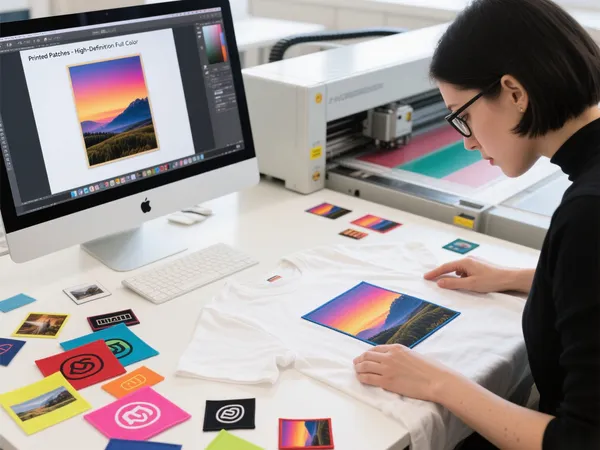
6. Leather and Faux Leather Patches
These are either made from genuine leather or synthetic leather materials and are often used for branding.
Features:
- Sleek, premium look
- Can be debossed, embossed, or screen printed
- Often sewn or riveted onto items
Best for:
- Denim jeans and jackets
- Bags and accessories
- Luxury or minimalist brands
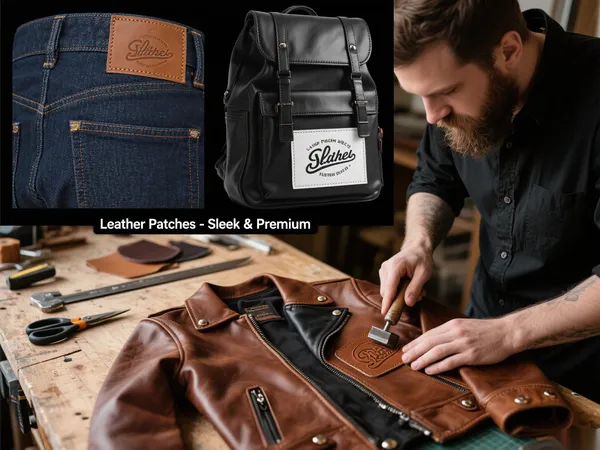
7. Sequin and Glitter Patches
Perfect for bold fashion statements, these patches add sparkle and glam to any design.
Features:
- Eye-catching and decorative
- Available in iron-on or sew-on varieties
- May include embroidery backing for durability
Best for:
- Fashion garments
- Dancewear and costumes
- Kids’ apparel and accessories
8. Velcro (Hook & Loop) Patches
These patches use a hook and loop fastener system, making them removable and reusable.
Features:
- No sewing or heat required
- Easy to switch or reposition
- Works well on uniforms and tactical gear
Best for:
- Military and law enforcement
- Airsoft/paintball uniforms
- Customizable branding
9. Iron-On Patches
Iron-on patches come with a heat-activated adhesive backing, offering a fast and no-sew solution.
Features:
- Quick application with a household iron
- Works on cotton, denim, and polyester
- May require additional stitching for durability
Best for:
- DIY clothing personalization
- School uniforms and accessories
- Temporary applications
10. Sew-On Patches
Traditional and extremely reliable, sew-on patches require manual or machine stitching.
Features:
- Permanent and secure
- No adhesive involved
- Compatible with all fabrics
Best for:
- Heavy-use garments
- Decorative patch layering
- Patches without heat-seal backing
Choosing the Right Patch Type for Your Project
When selecting among the many custom patch styles, consider:
- Your design complexity (e.g., small text = woven or printed)
- Durability needs (e.g., outdoor gear = PVC or sew-on)
- Application method (e.g., fast setup = iron-on or Velcro)
- Aesthetic preference (e.g., retro = chenille or sequin)
You can even combine types—such as an embroidered patch with a Velcro backing—for versatility and style.
Final Thoughts
There are many different types of embroidered patches and patch styles to choose from, each with its own unique strengths. Whether you’re looking for sleek PVC patches for tactical gear or eye-catching sequin patches for fashion wear, knowing your options will help you create a product that stands out—and stays put.
For brands, clubs, teams, or creatives, the right patch adds both function and identity. Explore, experiment, and patch with purpose.


